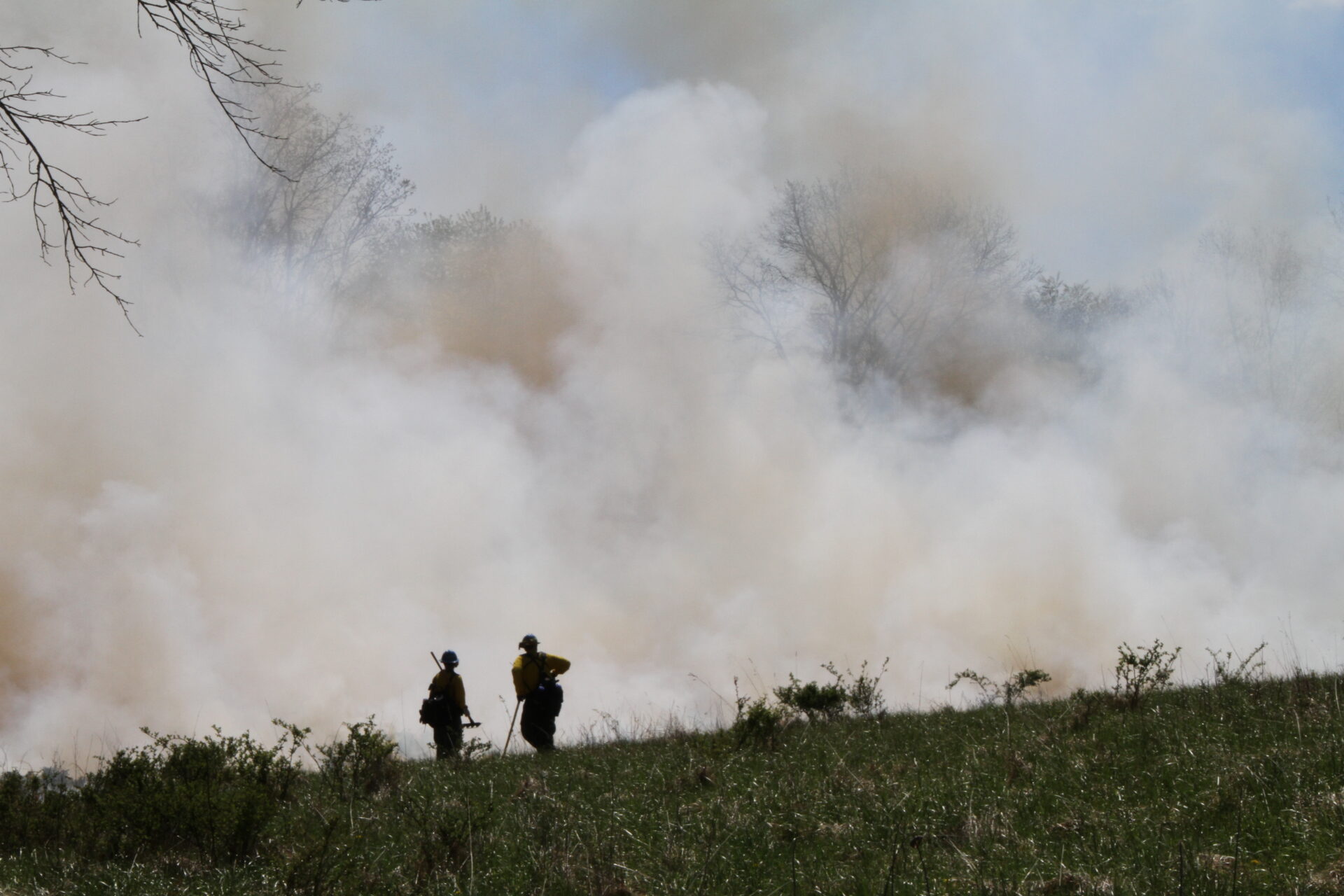To reduce the risk of catastrophic wildfires due to drought, Gov. Jim Justice has banned all outdoor burning throughout West Virginia, effective Monday, April 17, 2023.
Dry and windy weather conditions expected in the coming days and an increasing potential for forest fires prompted the move. The National Weather Service – Charleston issued a Special Weather Statement for a High Fire Danger Threat.
The ban will be in effect until conditions improve and the governor rescinds the order by further proclamation.
The order makes it unlawful for any person in the state to engage in outdoor burning, including fires built for camping, the burning of debris, or warming.
The following items are excluded from the restrictions:
- Fires for the purpose of chemical production, where fire is essential to operation.
- Fires for commercial land-clearing, such as mining, highway construction, and development provided that a permit is obtained from the Division of Forestry prior to burning.
- Training fires conducted under the direct control and supervision of qualified instructors at a training facility operated by a fire department or government entity provided that a permit is obtained from the Division of Forestry prior to burning.
- Fires for outdoor cooking conducted for fund-raising events and charitable organizations provided that a water source capable of extinguishing the fire is present and a permit is obtained from the Division of Forestry prior to the operation.
- Liquid fueled gas grills, lanterns or liquid-fueled gas fire stoves.
Justice has instructed the Division of Forestry to enact a forest fire readiness plan and to enforce the ban on burning as outlined in W.Va. Code §20-1-1, et seq.
“This year, we have experienced a significant period of low humidity and below average rainfall,” Acting West Virginia Division of Forestry Director and State Forester Tony Evans said. “Since Jan. 1, we have experienced 654 different fires in the state, and a current total of 4,121 acres burned. This ban helps ensure we are doing everything we can to protect the public, our forests, and private property from the damage that can occur from a forest fire.”
The order directs the Division of Forestry and the Division of Homeland Security and Emergency Management to provide continuous information to the governor and the public regarding forest conditions.
Additionally, the proclamation orders the Division of Natural Resources, the Office of the State Fire Marshal, the Department of Homeland Security, and the State Police to cooperate in the enforcement of this ban.
